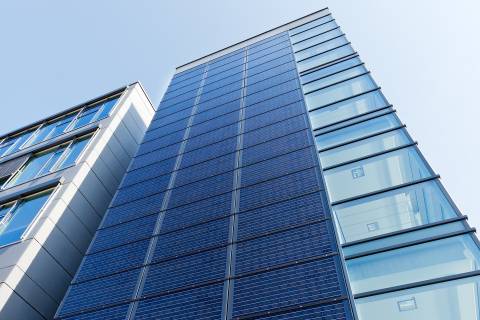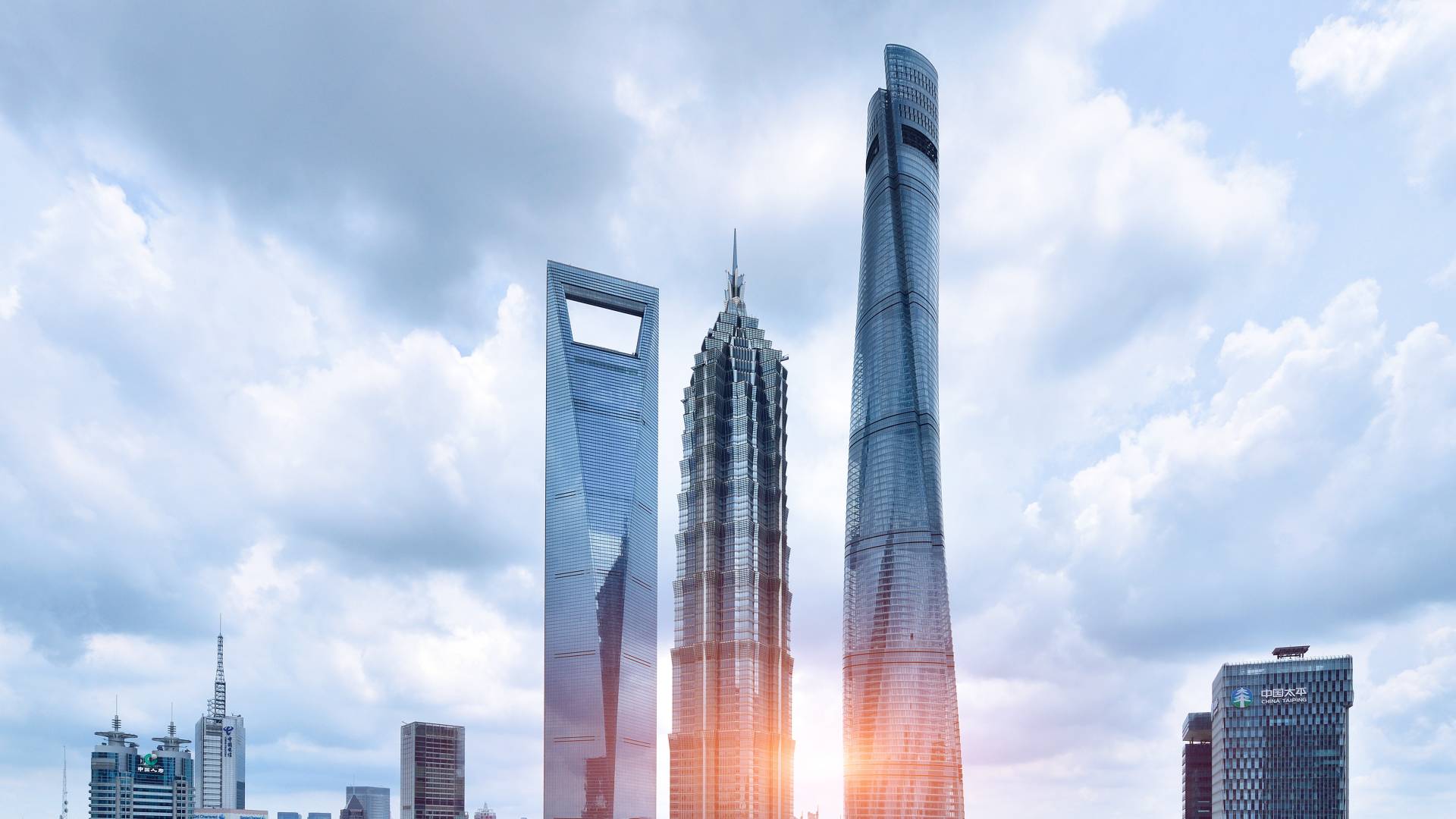Cities already produce three quarters of all CO2 emissions, even though they only account for 3 percent of the Earth’s landmass. The number of buildings in the world is expected to double between now and 2060. The challenge is obvious: we need livable metropolitan areas where residents do not live at the expense of coming generations. There is no alternative to sustainable urban planning.
The battle against climate change will be decided in cities.
The construction industry plays a crucial role here. According to the International Energy Agency, residential buildings and offices are responsible for one-third of the world’s energy consumption. The Intergovernmental Panel on Climate Change reports that, in order to limit long-term global warming to 1.5 degrees Celsius, building emissions will need to drop by 80 to 90 percent. It could happen: with modern heating systems, intelligent sensors, a transition to renewable energy and houses that make optimum use of solar energy. Effective thermal insulation alone can save up to 70 percent of the energy needed for heating or cooling a building.
For now, however, urban areas are growing at the expense of people and nature. The construction boom in emerging markets is depleting even resources that seem inexhaustible. Take sand, for instance. In many places, the most important raw material for the construction industry is in short supply. While there may be vast quantities of sand in the desert, it is not suitable for use in concrete or mortar. As a result, sand is extracted from rivers, lakes and the oceans – a process that is often unregulated and excessive.
A report published by the United Nations Environment Program spells out the dilemma: cities need more and more sand for building roads and housing. Beyond the city limits, however, unregulated sand mining pollutes the groundwater, erodes river banks and deprives fishermen of their livelihood. An international “sand mafia” earns its money from illegal mining, and UN experts are demanding a global regulatory framework.

Modern Construction Technology Can Help Preserve Natural Resources.
The use of binders in tile adhesives, for instance, can save enormous quantities of sand and cement. A simple calculation shows how significant this is: modern adhesives like these use up to 80 percent less sand and cement than traditional mortar. Moreover, four out of five construction sites around the world still use the traditional thick-bed technique for laying tiles. That represents huge potential for savings – both in terms of money and time.
Productivity is an important issue for the future of the construction industry, which has recognized the key role that digital processes and automated production play in this regard. The goal is to build better, faster and more cost-effectively. China is producing more and more standardized, industrially prefabricated components that can easily be assembled on site, saving time and effort, and making urban living affordable for the middle class.
Could these buildings one day be built entirely using digital technologies? Initial experiments are underway. Robots can already build walls and work without a break. 3D printers can create enormous domes, while the Massachusetts Institute of Technology has a host of small construction robots that rotate on their own axes to weave stable fiber-glass tubes several meters tall.
Whether in Cambridge, Addis Ababa or Paris, researchers and developers the world over are working on creative ideas that take a non-traditional look at how we will build and live in the decades to come.
Yet as the debate over sustainability continues, more and more attention is being paid to the upkeep of infrastructure. In rapidly growing metropolitan areas, where older buildings, roads and bridges used to be frequently torn down and rebuilt, innovative materials can now be used to protect or renovate them. These materials can also be used as sealants for canals, water pipes and reservoirs to prevent the loss of precious drinking water.

No One Doubts That Global Challenges Are Complex and Will Presumably Grow Even More Complex.
Globalization does not automatically lead to the same problems and solutions on every continent. On the contrary, it seems that differences surrounding identities and ideas are actually growing in our globally interconnected world. The paths we take to greater sustainability will differ as well.
Change is always risky at first, threatening our status quo over the short term. In the long term, however, it opens up opportunities. And adaptable, flexible, tailor-made solutions will allow us to take advantage of those opportunities.





